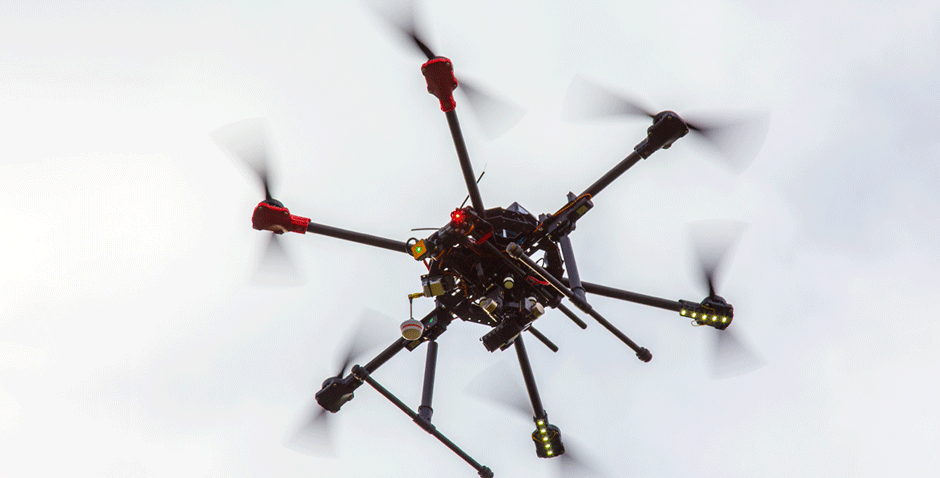Publication
Supreme Court hands down judgment on definition of “woman” for purposes of the Equality Act 2010
In For Women Scotland Ltd v The Scottish Ministers, the Supreme Court unanimously held that the definitions of “man”, “woman” and “sex” in the Equality Act 2010 refer to a person’s biological sex.

